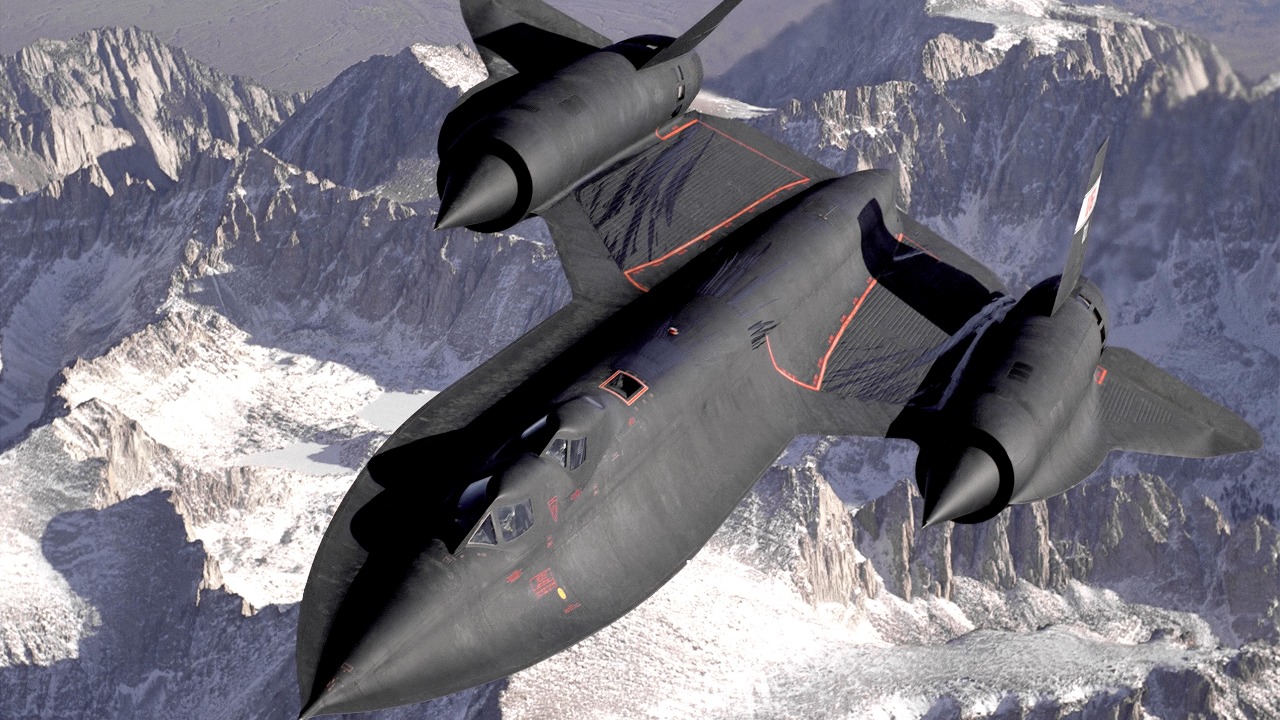
The allure of supersonic flight has captivated aviation enthusiasts and engineers alike for decades. From military jets that dominate the skies to commercial airliners that redefined travel, these classic planes have pushed the boundaries of speed and technology. Let’s explore nine iconic aircraft that have achieved supersonic speeds.
Concorde
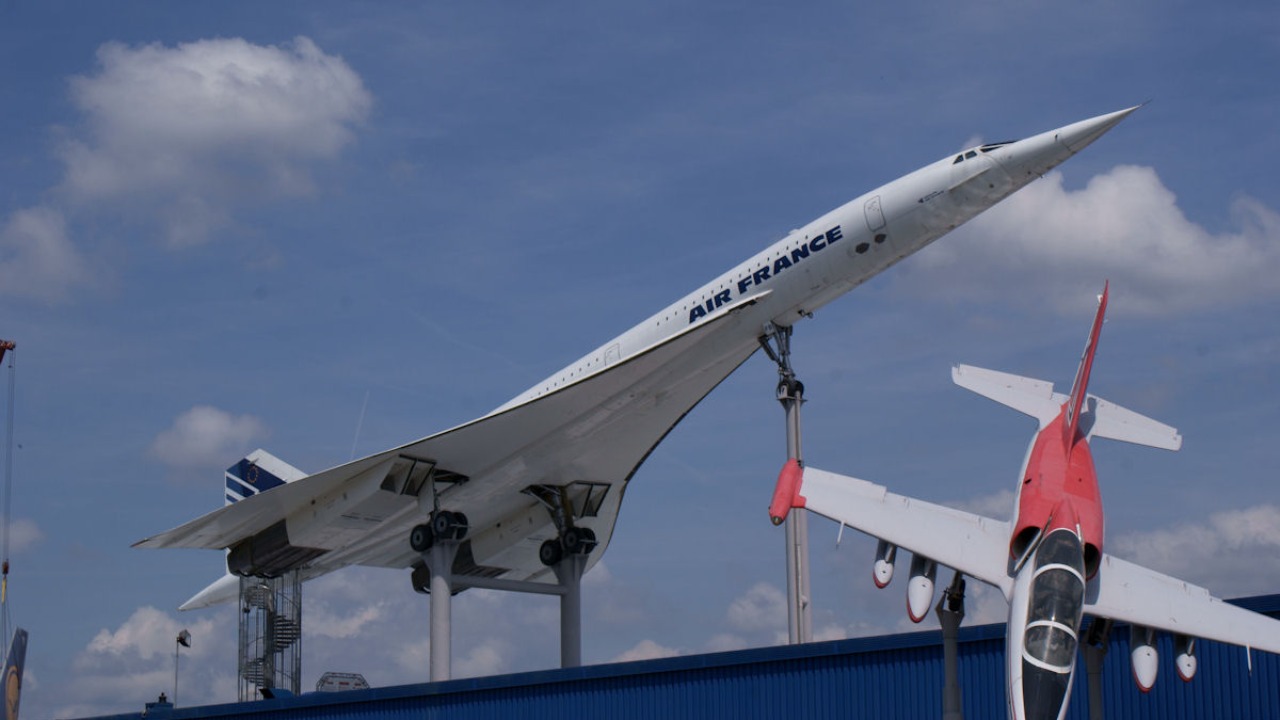
The Concorde is perhaps the most famous supersonic passenger airliner, known for its sleek design and incredible speed. Developed by a joint British-French effort, it first took to the skies in 1969. With speeds reaching Mach 2.04, it cut transatlantic flight times in half, making it a favorite among the elite and business travelers.
Despite its success, the Concorde faced challenges such as high operational costs and environmental concerns. It was retired in 2003, but its legacy continues to inspire the development of new supersonic transport technologies.
Lockheed SR-71 Blackbird
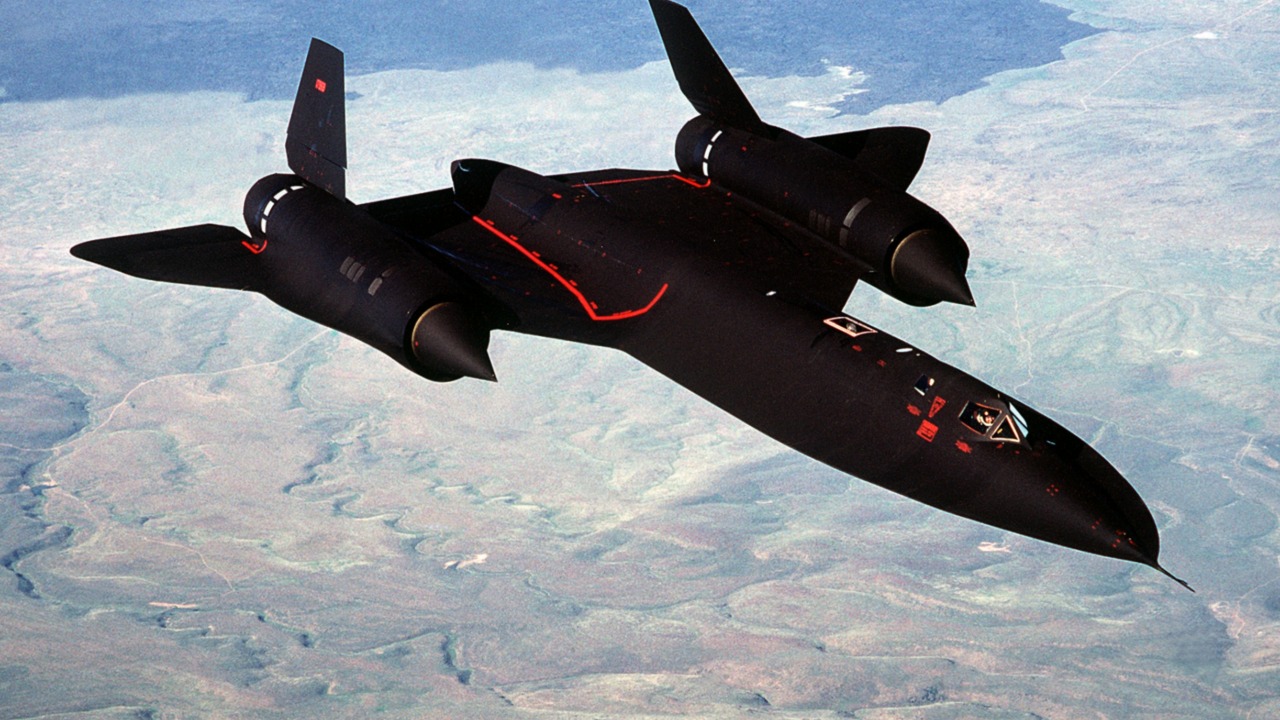
The Lockheed SR-71 Blackbird remains a marvel of engineering and design. This reconnaissance aircraft, introduced in the 1960s, was capable of cruising at speeds over Mach 3. Its unique shape and stealth capabilities made it nearly impossible to detect and intercept.
Throughout its operational life, the SR-71 provided crucial intelligence during the Cold War. Even after its retirement, the Blackbird remains a symbol of aviation innovation and secrecy. For more insights, check out this detailed article on famous airplanes.
Mikoyan-Gurevich MiG-21

The MiG-21, developed by the Soviet Union, is one of the most widely produced supersonic jet fighters in history. Known for its agility and speed, this aircraft could reach Mach 2, making it a formidable opponent in aerial combat.
Its simple design and effectiveness led to its adoption by numerous countries, and it remains in service today in some air forces. The MiG-21’s versatility and performance have cemented its place in aviation history.
North American XB-70 Valkyrie
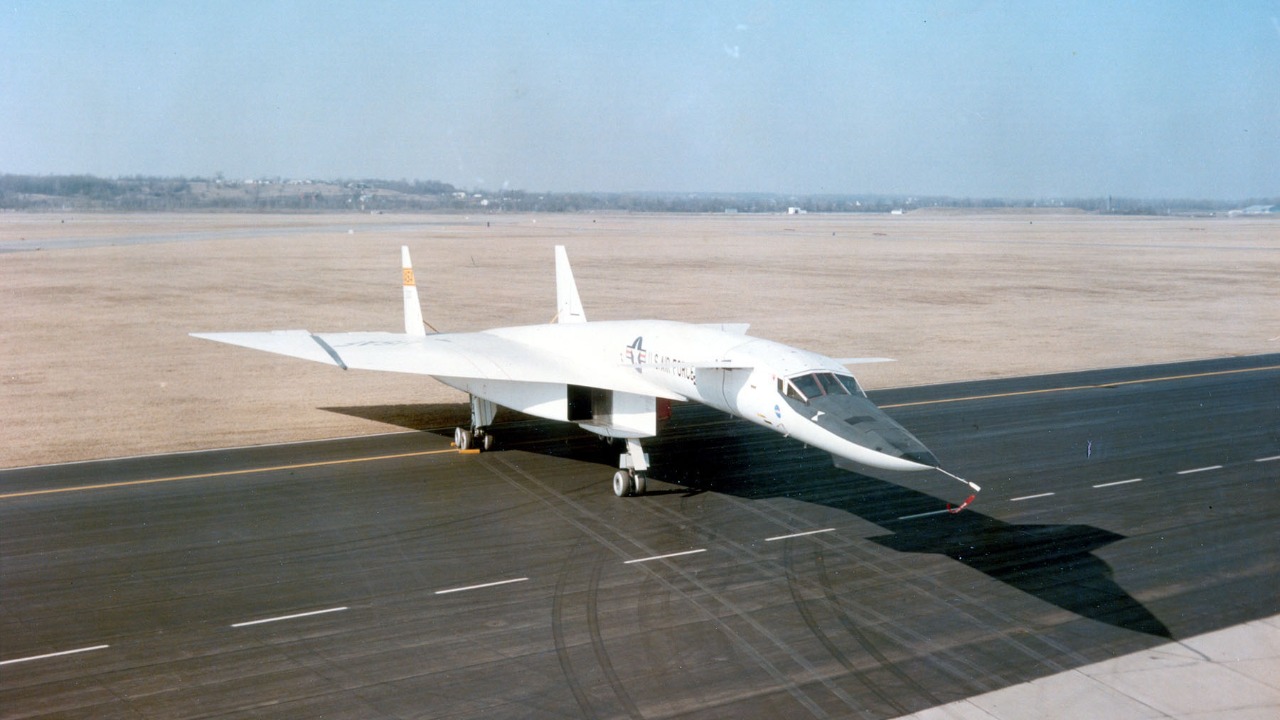
The North American XB-70 Valkyrie was an experimental bomber designed in the 1960s to reach speeds of Mach 3. Its impressive speed and altitude capabilities were intended to outpace enemy interceptors and surface-to-air missiles.
Though the program was eventually canceled, the XB-70 provided valuable data on supersonic flight and influenced future aircraft designs. For an in-depth study, explore this NASA document.
Sukhoi Su-27
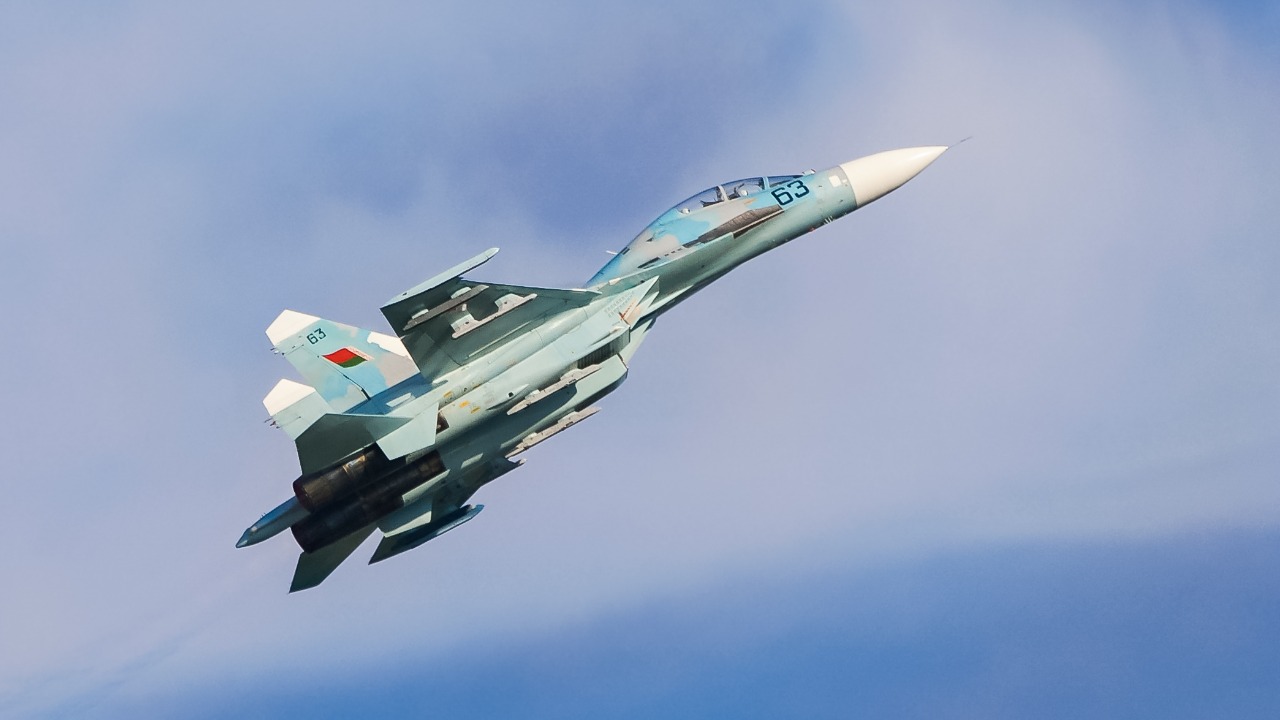
The Sukhoi Su-27, a Russian air superiority fighter, is known for its speed, maneuverability, and advanced avionics. It first flew in 1977 and quickly became a key component of the Soviet and Russian air forces.
Capable of reaching speeds over Mach 2, the Su-27 has been exported to several countries and remains in service today. Its design has led to numerous variants, including the Su-30 and Su-35, showcasing its enduring influence on fighter aircraft.
Mikoyan MiG-31
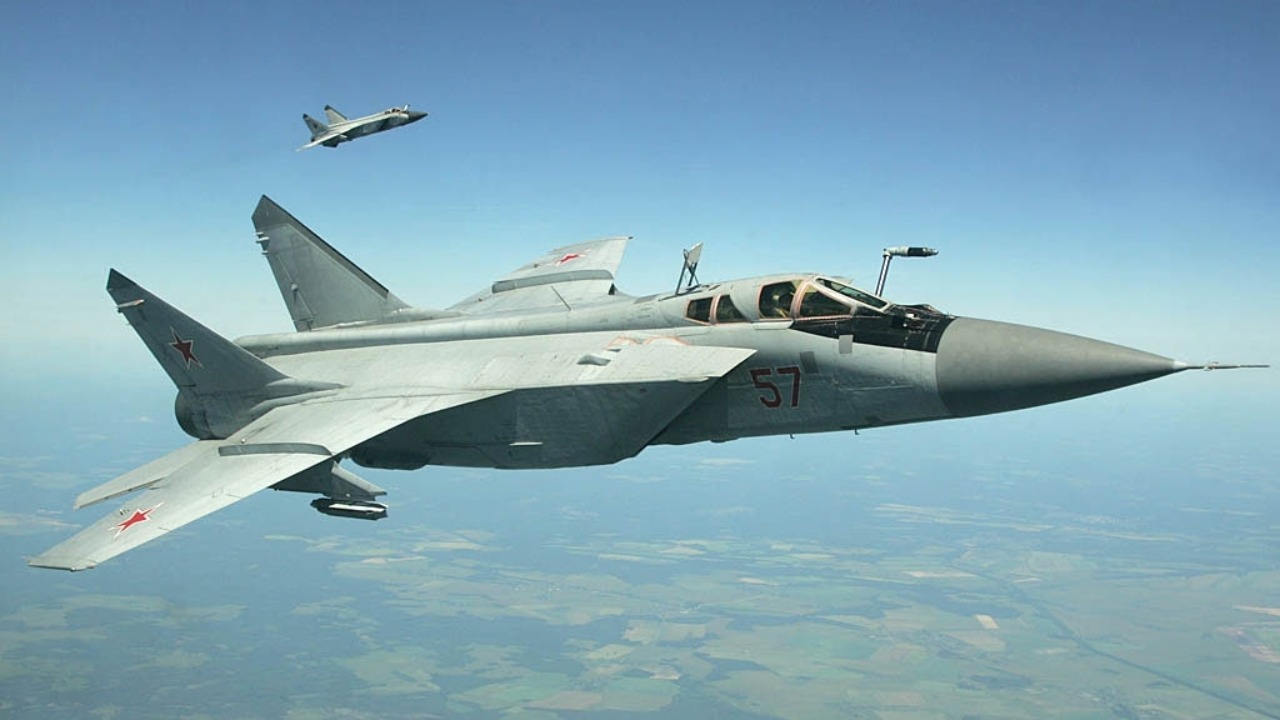
The Mikoyan MiG-31 is a supersonic interceptor developed by the Soviet Union to replace the MiG-25. Known for its high speed and long-range capabilities, it can achieve speeds of Mach 2.83 and is equipped with advanced radar systems.
The MiG-31 remains in service with the Russian Air Force and continues to evolve with modern upgrades. Its ability to engage multiple targets simultaneously makes it a vital component of air defense strategies.
McDonnell Douglas F-4 Phantom II
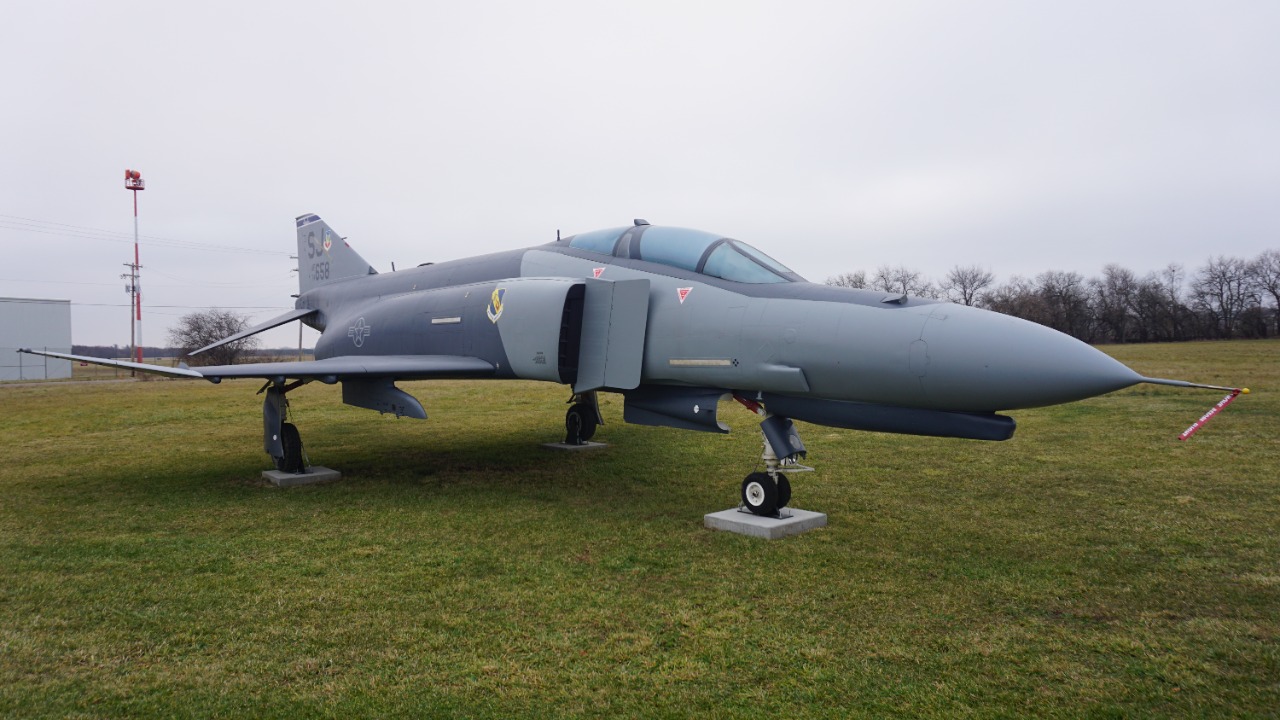
The McDonnell Douglas F-4 Phantom II is a legendary multirole fighter known for its versatility and power. First introduced in the 1960s, it served in various roles, including air superiority, ground attack, and reconnaissance.
Capable of reaching speeds over Mach 2, the F-4 was used by multiple countries and played a significant role in conflicts such as the Vietnam War. Its impact on military aviation is still felt today, with some variants remaining in service.
Grumman F-14 Tomcat
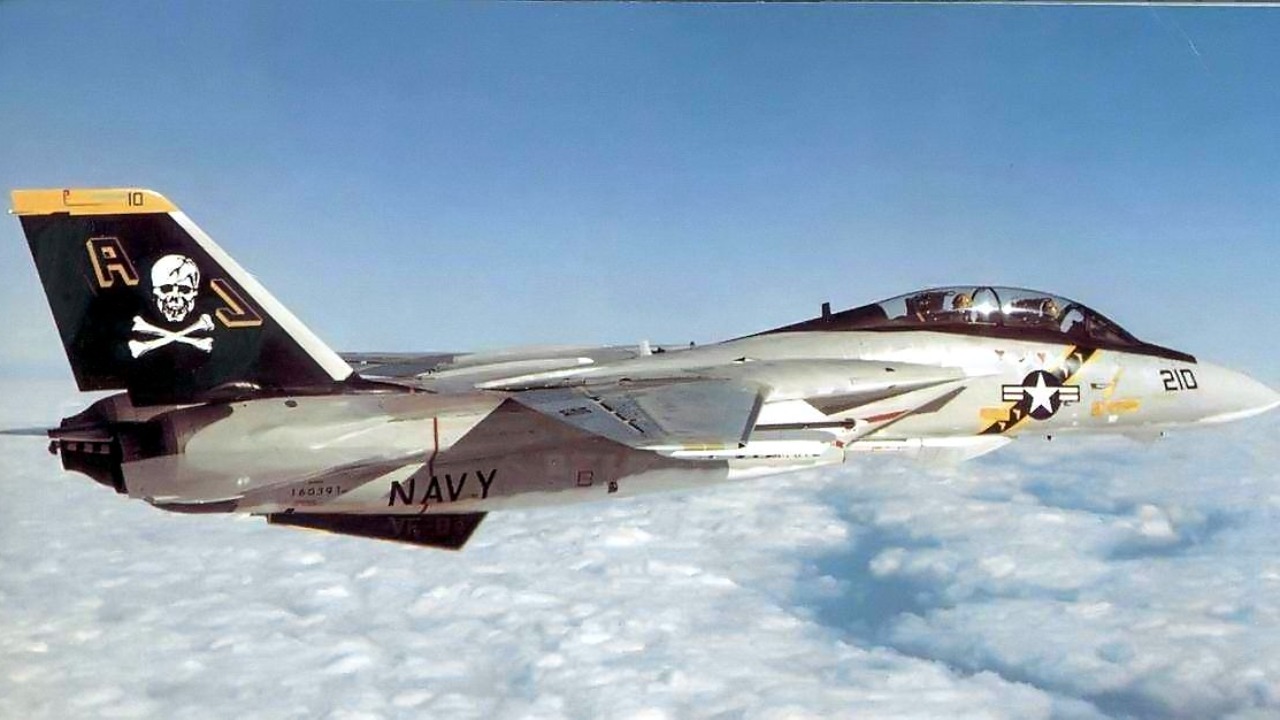
The Grumman F-14 Tomcat gained fame as a naval fighter with its distinctive swing-wing design and advanced capabilities. Introduced in the 1970s, it became a symbol of American air power.
With a top speed exceeding Mach 2, the F-14 excelled in air-to-air combat and fleet defense. It was retired in 2006 but remains an iconic aircraft, immortalized in popular culture and aviation history. For more on the F-14’s development and impact, read this detailed study.
Dassault Mirage III

The Dassault Mirage III is a French fighter jet that became renowned for its performance and delta-wing design. First flown in 1956, it reached speeds of Mach 2 and became a staple of numerous air forces worldwide.
Its adaptability and effectiveness in combat situations solidified its reputation as a reliable fighter. The Mirage III’s legacy continues through its influence on later models, such as the Mirage 2000, showcasing the enduring impact of this classic aircraft.